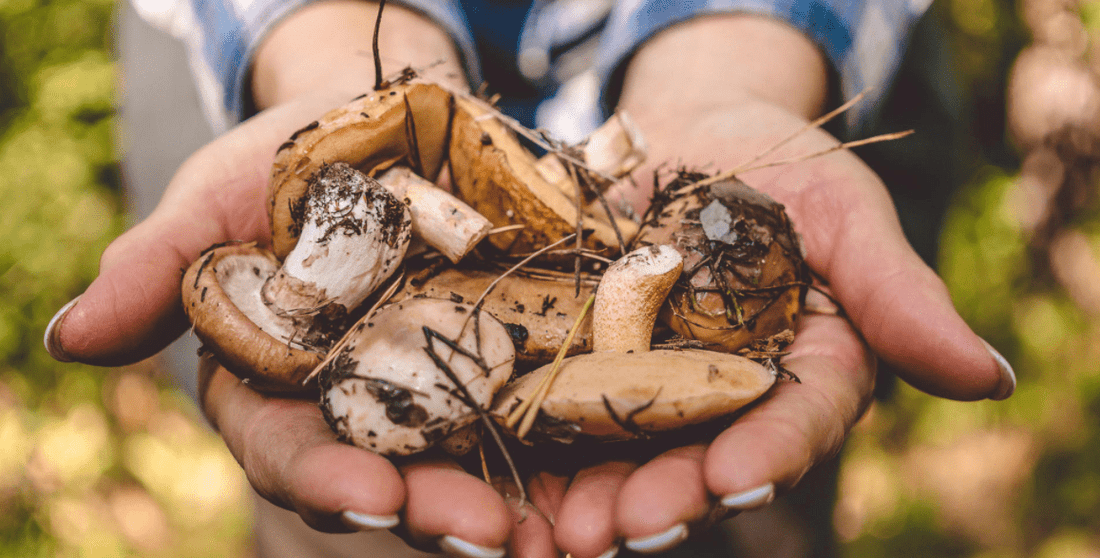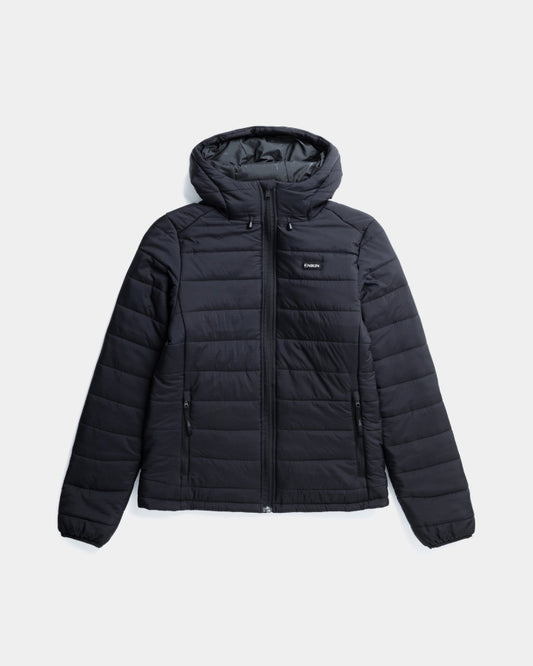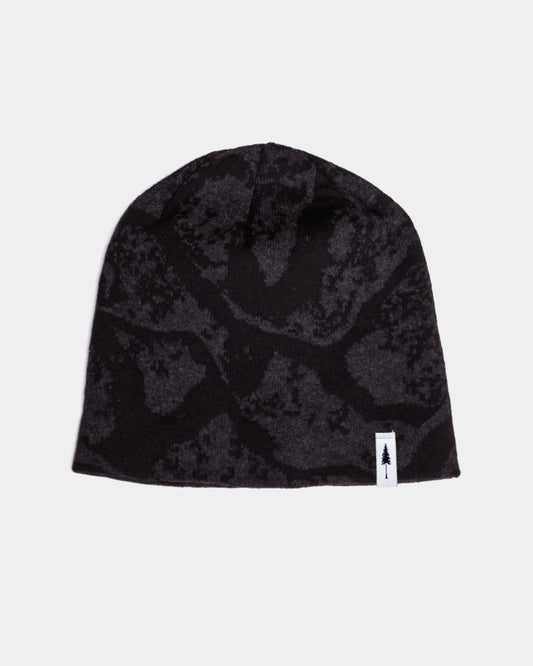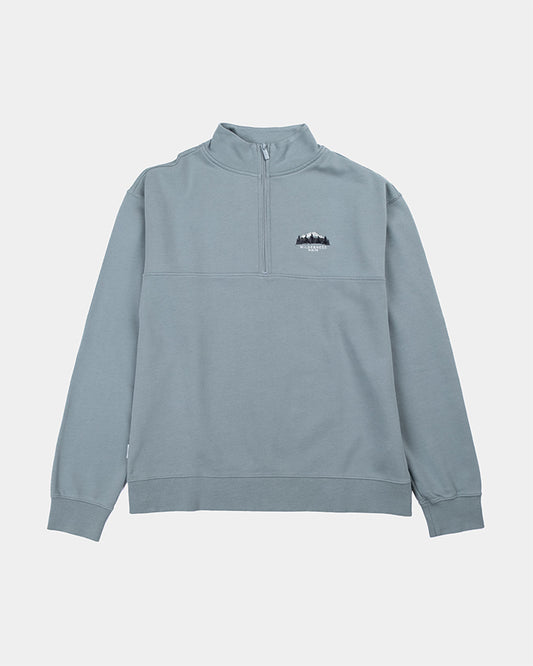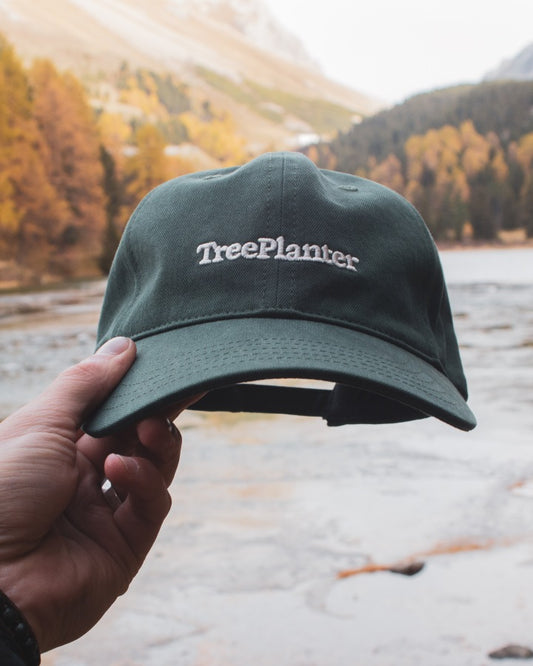The mushroom season is open - September and October offer the best opportunities for successful mushroom hunting. However, caution and expert knowledge are required. But what are mushrooms actually?
We know all about mushrooms - don't we? If asked, most people would probably say without hesitation that their edible mushrooms are a type of vegetable. When it comes to baker's yeast, things get trickier, because it is also a type of mushroom. But what are mushrooms really?
An empire of its own
The extremely versatile "Fungi" are neither plants nor animals, but form a third group. Just like plants, they are localized, but as they are not able to "feed" themselves through photosynthesis, they allow themselves to taste organic substances. That's right, fungi "eat", if you like - with the help of enzymes.
These species-rich creatures are closer to animals - and therefore to us - than plants, but they have still not been sufficiently researched. Of the estimated 5 million species of fungi, around 100,000 have been described in detail. Among the known fungi are stand fungi, including our edible mushrooms, but also protozoa, of which baker's yeast is one.
The actual fungus lives underground
When we talk about mushrooms when we talk about what ends up on our plates, we are actually not right - because the so-called stand mushrooms are merely fruiting bodies. The mushroom is the so-called mycelium, a network of fine threads in the soil. If the conditions are favorable, the mycelium sprouts the above-ground umbrellas that we like so much. For this to happen, a warm period must be followed by sufficient rainfall to ensure that the fruiting body matures before the spores are released. Most fungi reproduce asexually, even if a species is already more advanced and has germ cells.

Mycorrhiza: symbiosis with fungi
In nature, the versatile inhabitants of the Fungi kingdom have an extremely important function. They often live in symbiosis with other plants, especially trees. Both partners benefit from this coexistence. As mycorrhiza, the fungus surrounds the plant roots with the filaments of the mycelium, thereby increasing their surface area and helping the host plant to absorb water and nutrients. The fungus also protects the Tree underground from diseases. In return, trees show their appreciation: they share the carbohydrates produced during photosynthesis with the fungus. The symbiosis is only limited to certain cooperating species in a few cases - both the Tree and the fungus can be active in many different ways, and the network of mycelium often connects numerous trees underground. A social network, similar to social media.
For the mushrooms, this means If the forest suffers, this life form is also threatened. Mushrooms and trees are saying goodbye together to a stressed ecosystem. Only a return to near-natural forest management and consistent climate and nature conservation can preserve the biodiversity of forests.
Identify and collect mushrooms yourself
The fruiting bodies of mushrooms in the forest include numerous popular edible mushrooms - but also highly poisonous species. If you don't know them well, you can easily get confused. The bright red fly agaric is well known, but other species can also have serious consequences if eaten. Mushroom experts recommend that beginners only collect boletes at first, as lamellar mushrooms are easily confused - poisoning is often the result if a button mushroom is mistaken for a meadow mushroom. If in doubt, the nearest mushroom testing station is the best place to view the prey.

If you don't want to pick your own mushrooms, you can find good quality edible mushrooms on the market. These include the delicate porcini mushrooms, the bright yellow chanterelles and, in autumn, the truffles that grow underground and transform even simple pasta or scrambled eggs into a delicacy thanks to their intense aroma. Fresh mushrooms also offer taste sensations that far surpass any canned product.
No matter which mushroom you pick, it should be fresh. Mushroom poisoning is mainly caused by perfectly normal edible mushrooms that are simply too old and spoiled. The protein in the fruiting body decomposes faster than animal proteins, and what still looks quite good on the outside is already rotting on the inside. A fresh mushroom should be crisp and fragrant. Then you can pick them without worrying.
Mushrooms are worth protecting!
Our commitment to the forest goes beyond simply planting trees! We want to encourage the protection of existing ecosystems through sustainable and environmentally friendly action. Mushrooms, for example, are an integral part of a forest, for both aesthetic and functional reasons! Our behavior can preserve this wonder of nature - through conscious consumption and environmentally conscious decisions.





